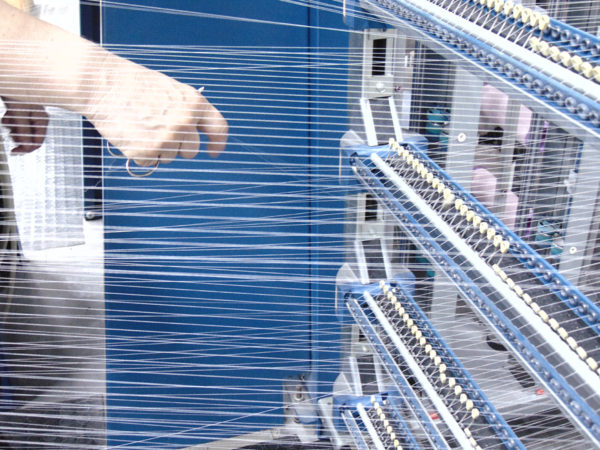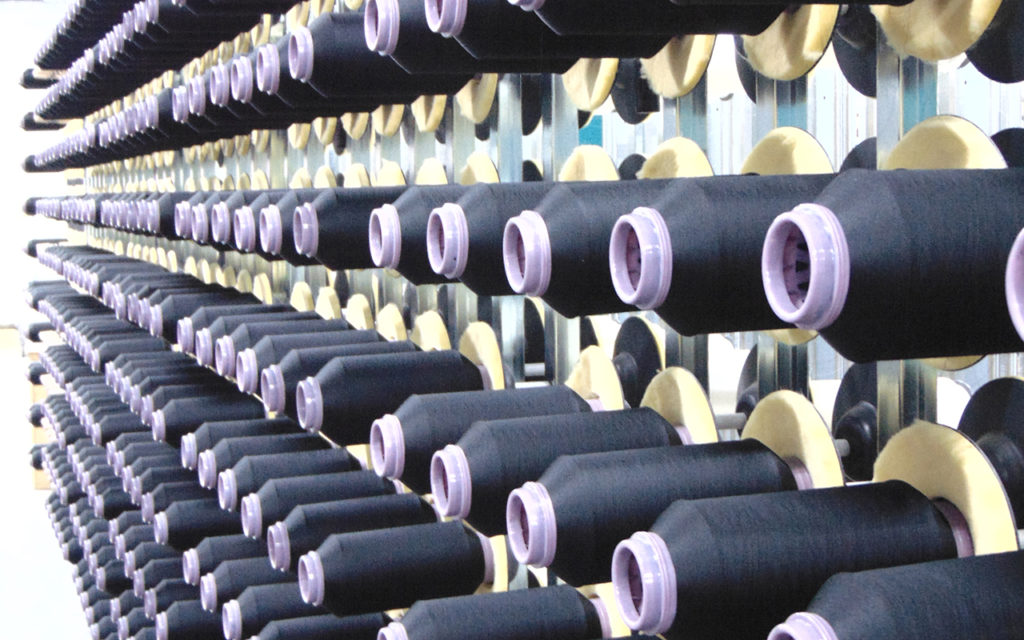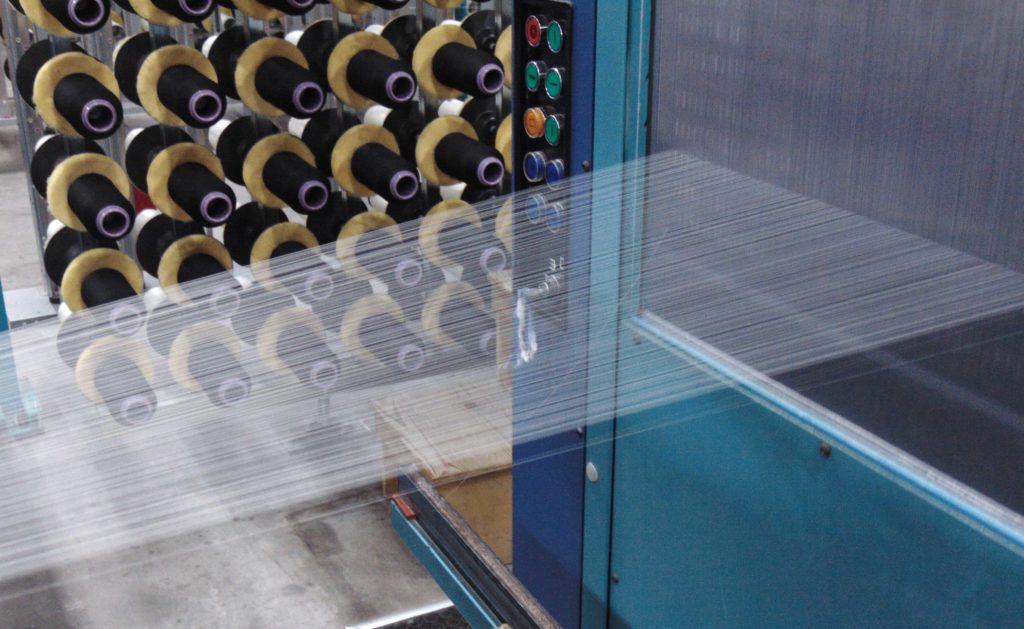“Sustainability is both an economic and a technical challenge”
Riccardo Binaghi and his brother Filippo are the fifth generation of their family to work in the textile industry around Lake Como, in North Italy’s Lombardy region. As directors of Lorma, a company founded by their father, they are supplying organic and conventional silk to Kering Houses.

How would you describe Lorma in three words?
Riccardo Binaghi: Innovation in tradition. Our philosophy is to maintain our traditional know-how, but to also embrace innovation. That means new processes, machinery, products – and the challenge of sustainability. As a vertically integrated company, we control every stage of production – warping, weaving, degumming, dyeing, printing, finishing and creating a ready-to-use fabric – after importing the threads. That traceability is important for quality, and for proving sustainability.
How did you get involved in sustainable silk?
We looked into eco-friendly dyes about six years ago, as sustainable cotton was already available and we thought silk would follow. Later, we joined Kering’s Clean By Design program to optimize our energy and water consumption and then launched a R&D project to see how we might produce silk that complied with the Global Organic Textile Standard (GOTS) – if the need arose. The turning point came in 2018, when Kering placed an order. We began industrial-scale production and obtained certification.

Where do you source the raw material?
China is the main producer and to be GOTS-certified, silk farmers cannot use chemical fertilizers or pesticides on their mulberry trees. Instead, they add natural fertilizer and protect their trees from insects by using hormonal traps, which only catch specific parasites. It’s also worth noting that silk creates more sustainable communities. At a time when many in China are leaving the land for economic reasons, silk growers can earn a proper living.
What is different about processing organic silk?
You start by removing the natural silk gum, and we use Marseille soap to do this instead of chemicals. Next comes the dyeing, and this was a real challenge. Today, all dyes are chemical-based, although some have much less of an environmental impact than others. Our suppliers had been making standard dyes for years and it took some time to convince them to invest in creating GOTS-compliant alternatives, although certain sustainable cotton dyes can also be used for silk.
How does sustainability affect the cost of a material?
Our raw material and production costs are higher, and there is also the marginal cost of certification. So, a balance needs to be reached with the customer, otherwise the product will cost too much and will never reach the market. We have to thank Kering, because they understood this and, through collaboration, they helped us to turn the theoretical into something concrete. For us, sustainability is both an economic and a technical challenge.

How do you see this market evolving?
It depends on the brands and their ability to educate consumers, through advertising and social media, so that people understand the product. I think the supply chain is ready – there are enough manufacturers – and Kering is leading the way in terms of products. It’s now a question of increasing the demand, so that economies of scale reduce the extra cost of a sustainable textile. Otherwise, it risks remaining a niche market. Silk has a wonderful story to tell, and with the right communication, people will listen.
